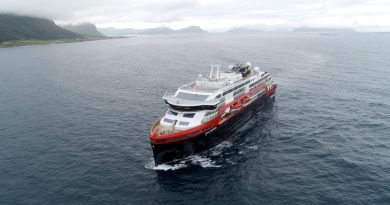Leaders across Nunavik want utilidors for water. Experts say it’s not easy.
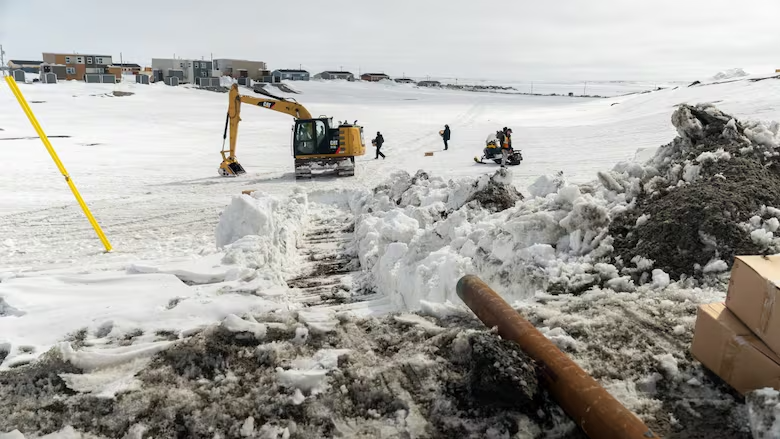
Money and permafrost are the main barriers, experts say
As Puvirnituq, Que., continues to grapple with its water shortage, officials are looking at permanent solutions to aging infrastructure across Nunavik.
On Monday, a state of emergency was extended for another 10 days.
In the past, leaders across Nunavik have called for utilidors to be installed in their communities. Those are corridors for providing utilities like water either underground or above ground.
Hossein Shafeghati, the public works director at the Kativik Regional Government (KRG), said that’s an avenue they’ve considered for many years, but there are two main barriers — money and permafrost.
In 2019, a feasibility study for utilidors just in Kangiqsualujjuaq — an average-sized Nunavik village with a population of under 1,000 — estimated the cost to be $170 million.
“With the inflation we have had in construction projects … if we were to start this year, it would probably be around $300 million,” Shafeghati said.
Most of Nunavik is covered in permafrost, a thick layer of soil where temperatures are below for at least two years, and that makes burying water pipes underground a challenge.
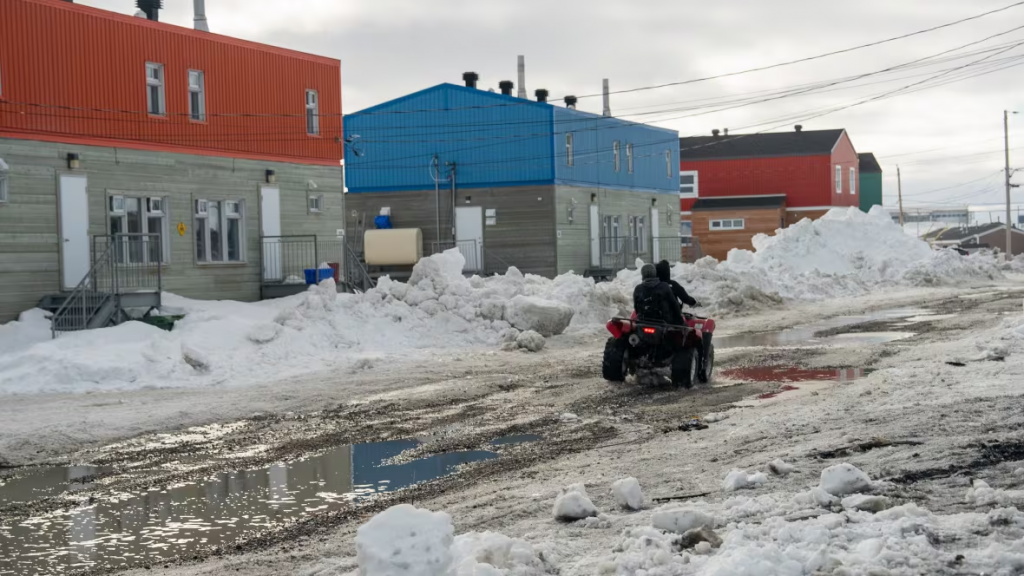
A state of emergency was extended for 10 days on Monday. (Félix Lebel/Radio-Canada)
Michel Allard, an emeritus professor with Laval University’s geography department, has been studying permafrost thaw in Nunavik and Nunavut for decades.
“It’s not easy to dig in the permafrost,” he said, adding that permafrost melt is a gradual process.
Given the rising population over time, he said many Nunavik communities built water pumping stations near lakes to draw more water for delivery and sewage ponds to dump wastewater, in the absence of a utilidor system.
“As the size of the community increases, water consumption increases as well,” Allard said. “People feel the need now to have water from the tap. That means having pipes or buried pipes … to bring the water directly to the houses.”
Pipes in other Arctic communities
In Nunavik, only Kuujjuarapik has a utilidor system. Shafeghati said that’s because the village is built on sand, rather than permafrost and it’s easy to excavate.
“So the pipes are buried at a safe depth with a very low risk of freezing,” Shafeghati said.
“Incidents of freezing happen quite often, but that [happens] closer to the surface … and they have a municipal crew that is trained and equipped with the tools they need to address those freezing events rapidly.”
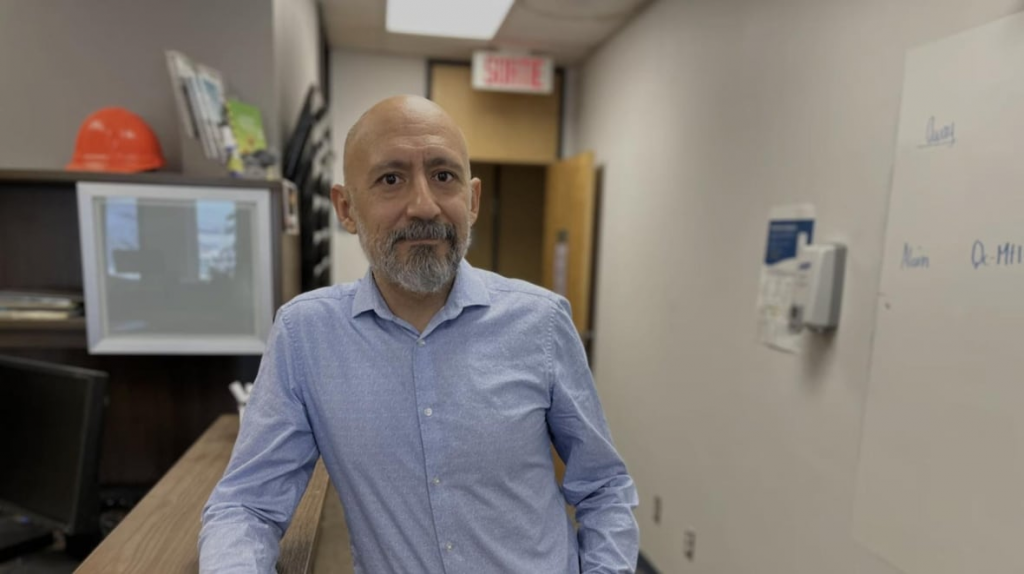
Further north in Nunavut where there is permafrost, partial piped systems exist in Iqaluit, Rankin Inlet and Resolute Bay.
Allard has studied the system in Iqaluit, which is also possible because of the community being largely built on sand. He also looks to other circumpolar countries like Alaska and Greenland for inspiration, which have pipes above ground too.
“[In Greenland] they have utilidors, but they also have insulated and heated pipes that run on the surface … they build on hills, they build on bedrock, much more so than we do in Nunavik,” he said.
However, he said digging those ditches, and blasting that bedrock, can be costly and complex and he stressed that each community has its own geology to consider.
‘There’s nothing much left’
Shafeghati said he’s calculating budgets for some new projects, but “there’s nothing much left” from provincial funding.
“To put anything underground, it’s not realistic with that kind of money,” he said.
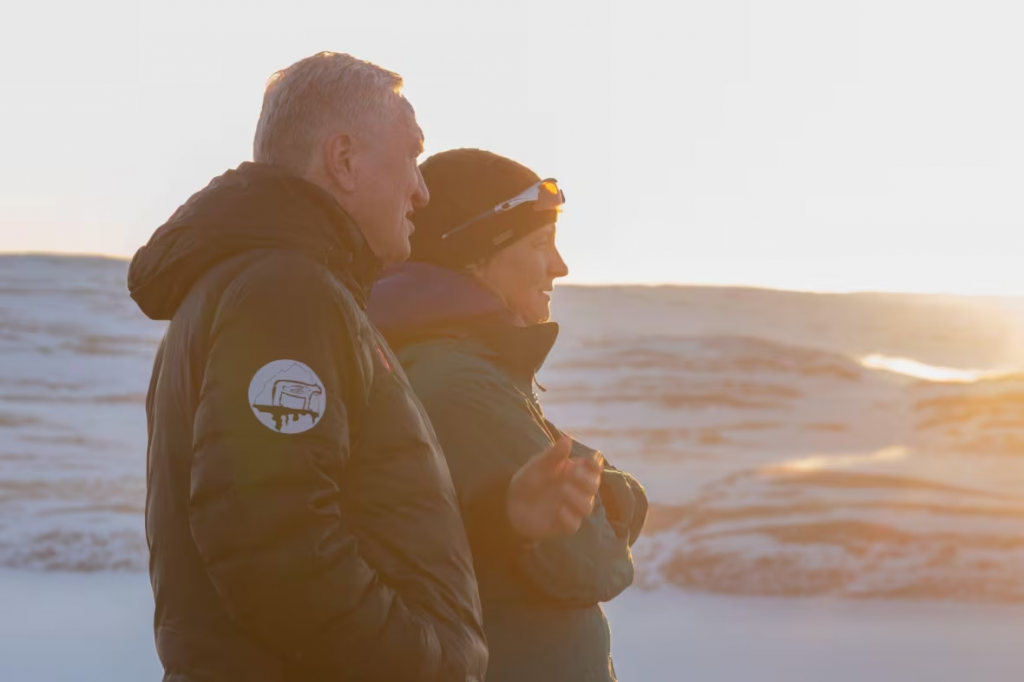
He said in many municipalities across Canada, funding is distributed per capita.
“That might sound fair, but it’s not equitable, so it should be a needs-based system,” he said.
Quebec’s Indigenous Affairs Minister Ian Lafrenière said he’s not opposed to the idea of exploring utilidors in Nunavik, but he said he first wants to complete the post-mortem with local authorities into what has gone wrong in Puvirnituq.
“I want to see the results of this complete review, because if there was a need for money … nothing was proposed to us. So let’s look into it. If it is an issue with money, we’re flexible,” he said.
He said there are several funding agreements on a yearly basis for all services in Nunavik amounting to roughly $800 million, and several agreements had funds unspent.
Shafeghati believes utilidors in other parts of Nunavik are possible.
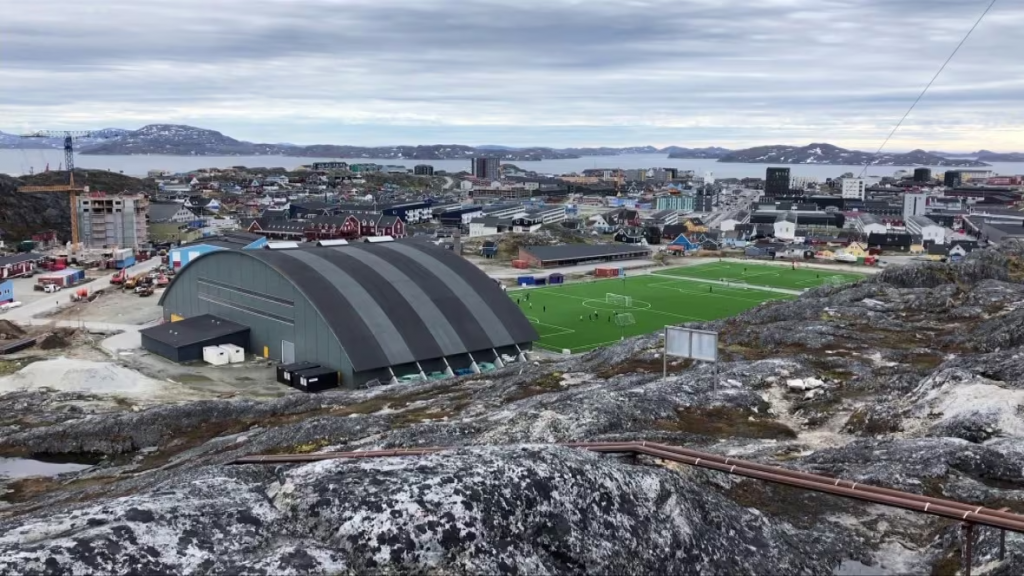
In the meantime, he said he’s looking at other avenues such as subsidized private-public partnership and improving the water trucking system. That includes working on boosting the workforce, currently dominated by men.
“We will need more education … because this is very labour intensive. Or we should perhaps invest in housing to bring in workers from the outside because a lot of our villages have very, very young populations.”
Related stories from around the North:
Canada: Temporary pipe installed in Puvirnituq, Que., amid water emergency, CBC News

